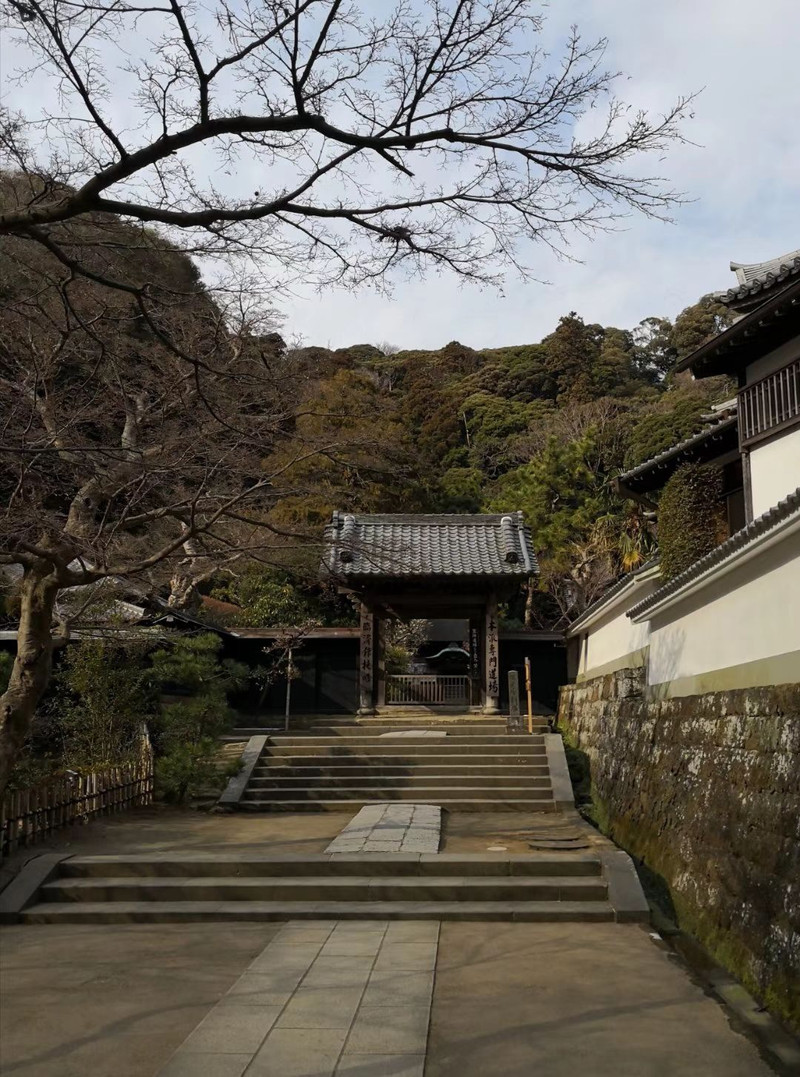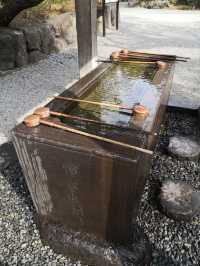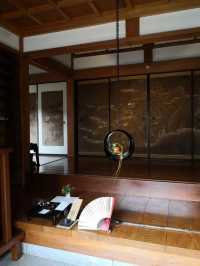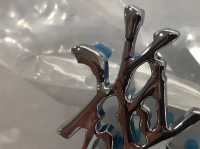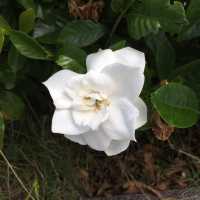Since the 13th century, Kamakura has gradually formed its own unique samurai culture and widely accepted Zen culture by samurai. There are quite a lot of temples and shrines in Kamakura, which all give Kamakura a deep heritage that is no less than Kyoto and Nara. On three sides of the mountain, one side to the sea of natural terrain, Kamakura has a civilization and nature, and will be a few aspects of the countryside, so there is a saying that it is called Kyoto in East Japan. Built in 1282, the temple known as "Linjizong Daben Mountain" is the second "Kamakura Wushan", with a high reputation in Japan. The first abbot of Yuanjue Temple is a Ningbo native named Wuxuezu Yuan.
;
Engaku-ji Review
4.5 /565 Reviews
Popular Destinations
Kyoto Travel | Egypt Travel | Malaysia Travel | Kunming Travel | Inverness Travel | Phi Phi Islands Travel | Hurghada Travel | Alicante Travel | Jakarta Travel | Portsmouth Travel | Hat Yai Travel | China Travel | India Travel | Chiang Mai Travel | Podgorica Travel | Tacloban Travel | Philippines Travel | Guilin Travel | Famagusta Travel | Fukuoka Travel | Paso Robles Travel | Gangawatakorale Travel | Caldas Novas Travel | Tennessee Travel | Lujan Travel | Yoshino Travel | Nisava District Travel | Armavir Travel | Ruichang Travel | Dazhu Travel
Recommended Attractions at Popular Destinations
Bangkok attraction near me | Tokyo attraction near me | Manila attraction near me | Hong Kong attraction near me | Seoul attraction near me | Taipei attraction near me | Los Angeles attraction near me | New York attraction near me | Shanghai attraction near me | Shenzhen attraction near me | Kuala Lumpur attraction near me | Guangzhou attraction near me | Osaka attraction near me | Singapore attraction near me | London attraction near me | San Francisco attraction near me | Beijing attraction near me | Macau attraction near me | Bali attraction near me | Paris attraction near me | Orlando attraction near me | Jakarta attraction near me | Ho Chi Minh City attraction near me | Phuket attraction near me | Chicago attraction near me | Toronto attraction near me | Cebu attraction near me | Dallas attraction near me | Istanbul attraction near me | Rome attraction near me
Popular Attractions
The Palace Museum | Hong Kong Disneyland | Keukenhof | Tower Bridge | Sagrada Familia | The Shard | Sunway Lagoon Theme Park | Park Güell | Ngong Ping 360 | Genting SkyWorlds Theme Park | Universal Beijing Resort | Burj Khalifa | Emerald Pool | Jiufen Old Street | Zhouzhuang | Yangtze River Cableway | Olijeong | Sri Bagavathiamman Temple Kulisholai | Páfrány Activity Park | CHIDAMBARAM MIRACLE PRAYER TOWER A.G CHURCH | Masjid Ahle Hadees Ooty | Catholic Church of the Real Presence, Bishopstown | Collection of Icons and Ecclesiastical Heirlooms of Agia Triada at Pyrgos of Thera | Cinema Multisala Moderno Bolsena | Plaza Barrio Dique | Baba kanchan nambardar bagichi | Warner Bros. Studio Tour London | Seine River Cruise | Disneyland Park | Aquaria Phuket
Popular Travelogues
Bangkok Travelogue | Tokyo Travelogue | Hong Kong Travelogue | Seoul Travelogue | Los Angeles Travelogue | New York Travelogue | Shanghai Travelogue | Shenzhen Travelogue | Kuala Lumpur Travelogue | Guangzhou Travelogue | Osaka Travelogue | Singapore Travelogue | London Travelogue | San Francisco Travelogue | Beijing Travelogue | Macau Travelogue | Bali Travelogue | Paris Travelogue | Ho Chi Minh City Travelogue | Phuket Travelogue | Chicago Travelogue | Toronto Travelogue | Chiang Mai Travelogue
Payment Methods
Our Partners
Copyright © 2024 Trip.com Travel Singapore Pte. Ltd. All rights reserved
Site Operator: Trip.com Travel Singapore Pte. Ltd.
Site Operator: Trip.com Travel Singapore Pte. Ltd.

